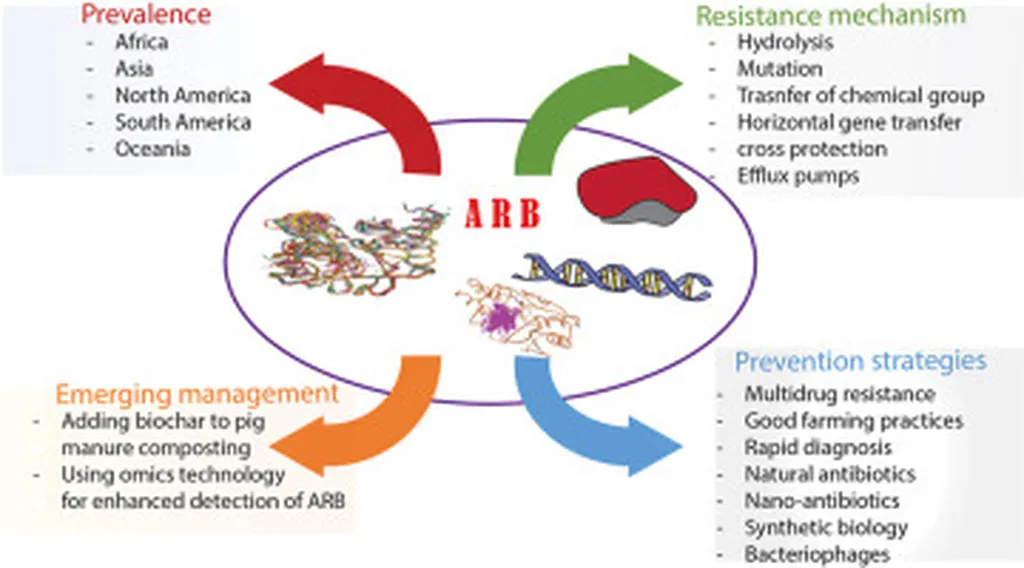In the heart of Algeria, a critical study has shed light on the prevalence and antimicrobial resistance of Campylobacter jejuni and Campylobacter coli in broiler chickens and slaughterhouse workers, offering a stark reminder of the interconnectedness of human, animal, and environmental health. The research, published in the Journal of Advanced Veterinary and Animal Research, underscores the urgent need for a coordinated One Health approach to combat the spread of antibiotic resistance and protect both public health and the agricultural sector.
Campylobacter, a common cause of foodborne illness, is a significant concern for the poultry industry. The study, led by Hakima Messaoudene from the Laboratory of the Environment, Health and Animal Production at the University of Batna 1, found that Campylobacter spp. were detected in 66.3% of samples collected from poultry carcasses and slaughterhouse workers. The highest prevalence was observed in caeca (96%) and cloacal swabs (70%), with lower rates in neck skin (33%). Among workers, the bacteria were detected in 3.9% of samples from semi-industrial settings and 5.9% of hand scrapings.
The findings reveal alarming resistance rates to commonly used antibiotics. “High resistance rates were observed against ciprofloxacin and tetracycline, with multidrug resistance most frequently observed in C. jejuni,” Messaoudene noted. Workers’ isolates exhibited 100% resistance to ampicillin, highlighting the urgent need for improved hygiene and biosecurity measures in slaughterhouses.
The commercial impacts for the agriculture sector are substantial. Campylobacter infections can lead to significant economic losses due to reduced productivity, increased mortality rates, and the cost of implementing control measures. Moreover, the presence of antimicrobial resistance in poultry can limit treatment options for infected birds and pose a risk to human health through the food chain.
This research underscores the importance of a One Health approach, which integrates surveillance and control measures to address the interconnection between human, animal, and environmental health. “A coordinated One Health strategy is vital to minimize the risk of bacterial transmission and Campylobacter infections, as well as to combat antibiotic resistance,” Messaoudene emphasized.
The study’s findings have significant implications for the future of the poultry industry and public health. By implementing robust surveillance systems, improving biosecurity measures, and promoting responsible antibiotic use, the agricultural sector can mitigate the risks posed by Campylobacter and antimicrobial resistance. This proactive approach not only protects the health of workers and consumers but also safeguards the economic viability of the poultry industry.
As the world grapples with the challenges of antimicrobial resistance, this research serves as a call to action for the agricultural sector to adopt a holistic One Health approach. By doing so, we can ensure the sustainability of our food systems and the well-being of both animals and humans.

